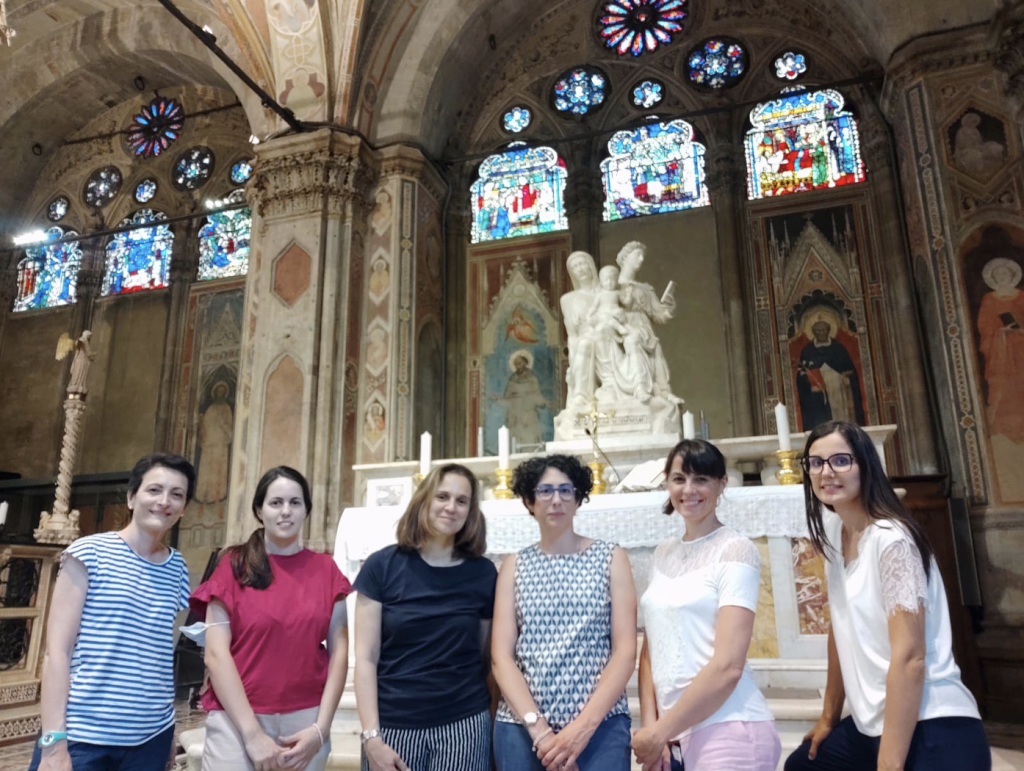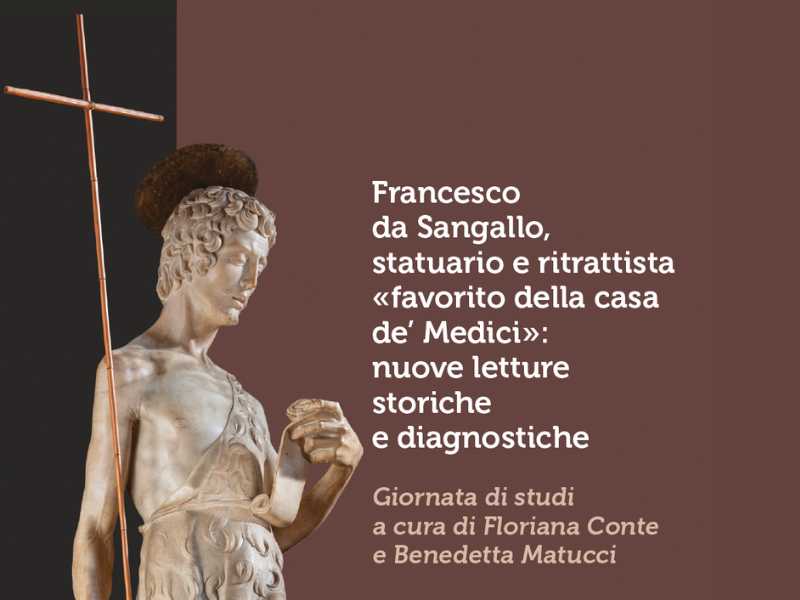In Florence, CNR-INO Unveils the Secrets of His Works Through Advanced Diagnostic Techniques, Offering Fresh Insights into Renaissance Art and Conservation
On January 28, 2025, a study day titled “Francesco da Sangallo, Sculptor and Portraitist, Favored by the Medici: New Historical and Diagnostic Readings” will be held in Florence. The event is organized by the Museo del Bargello in collaboration with the University of Foggia (Department of Humanities: Literature, Cultural Heritage, Education Sciences), the National Institute of Optics (INO), and the Institute for the Sciences of Cultural Heritage (ISPC) of the National Research Council (CNR) in Florence.
The event, which will be divided into two sessions, will take place in two prestigious Florentine venues: the first session, focused on the figure of Francesco da Sangallo, will be held at the Museo del Bargello and moderated by Professor Francesco Caglioti from the Scuola Normale Superiore of Pisa. The second session, which will take place at the Orsanmichele Complex, will be dedicated to the diagnostic investigations conducted on the artist’s works and will be chaired by Ilaria Ciseri from the Museo del Bargello.
A team of researchers from the CNR-INO, in collaboration with the CNR-ISPC, will present the results of their investigations on several sculptural groups by Francesco da Sangallo, works of great historical and artistic significance. The analyses have revealed traces of color on the marble surfaces, indicating that some of the 16th-century gilding may have been removed during later cleaning interventions. The completely non-invasive investigations were carried out using X-ray fluorescence spectroscopy (XRF) and Raman spectroscopy, techniques that identified traces of gold leaf applied to materials typical of the period, such as cinnabar, red ochre, white lead, and gypsum.
No evidence of modern pigments was found, thus confirming the historical authenticity of the works analyzed. These discoveries offer new perspectives not only on the artistic techniques of Francesco da Sangallo but also on the production processes and conservation practices of the Renaissance. Furthermore, the analysis of color traces can provide important insights into the methodologies of conservation and restoration of ancient artworks.
The study day on January 28th thus represents an extraordinary opportunity to deepen our understanding of Francesco da Sangallo, one of the leading sculptors of the Renaissance, and to explore the historical and cultural context in which his work was created. It is a unique occasion for scholars, researchers, and art enthusiasts to uncover new aspects of a forgotten master who played a fundamental role in the history of Italian art.
View the full Programme
Reference: B. Salvadori, S. Innocenti, S. Brizzi, J. Striova, Indagini scientifiche sul gruppo marmoreo, in Bollettino d’Arte, 58, 2024, pp. 87-90

